The Incredible Life of Daniel Smith, Living Son of a Slave
As one of the few living children of a slave, 88-year-old Daniel Smith has a unique perspective on race relations in America.
Smith’s father, Abram “A.B.” Smith, was born into slavery in 1863 and was 70 years old when he had Daniel, his sixth child, in 1932. Smith, who grew up hearing stories from his father about America’s most shameful period, would go on to build a remarkable life and witness momentous events in the ongoing struggle for racial equality.
Smith draws a direct comparison between the civil rights movement of the 1960s and the racial justice protests of today.
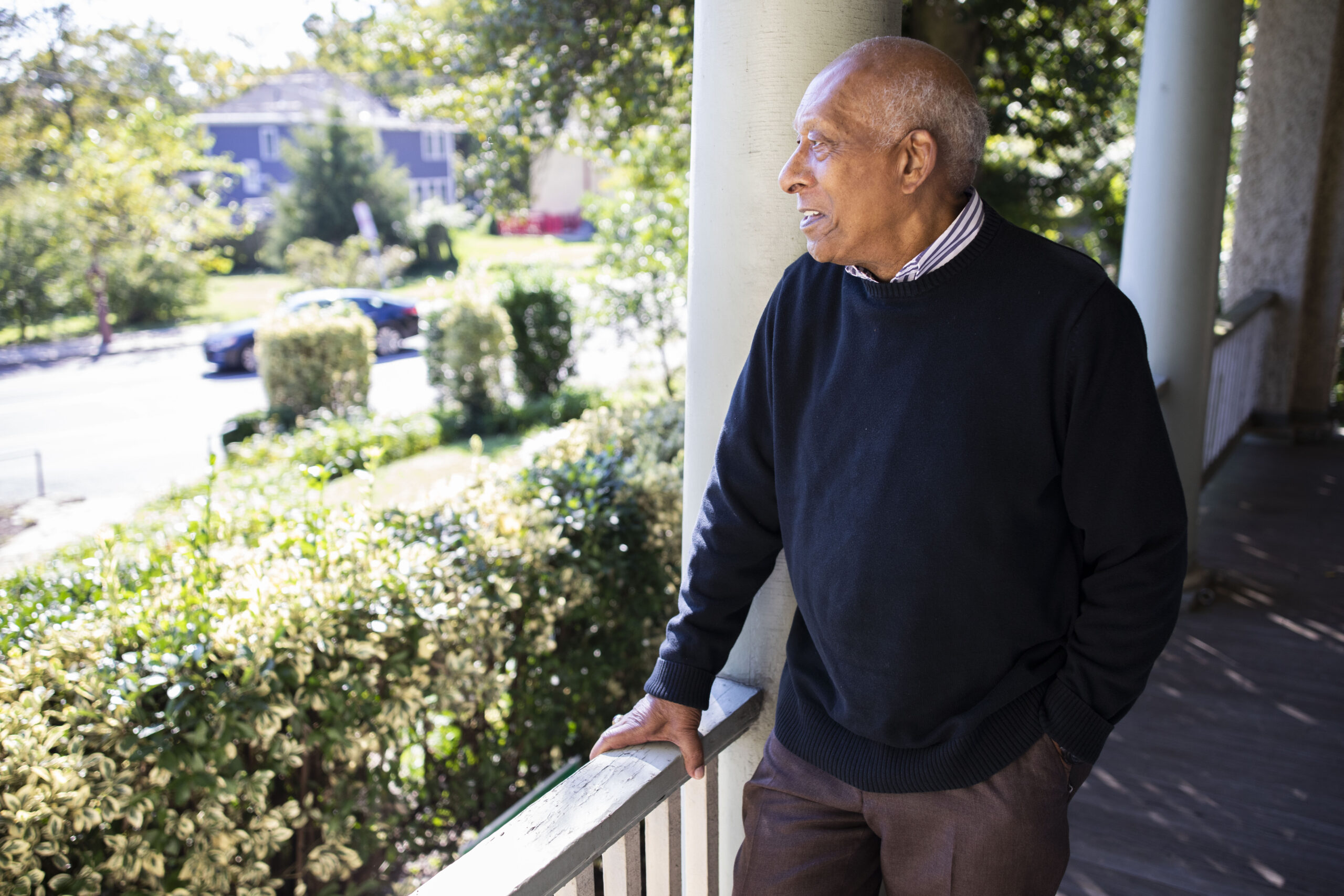
“When the [Ku Klux Klan] bombed the church [in Birmingham, Alabama], that finally got the ministers and the clergy to join Martin Luther King,” he said. “They finally came. Today, Black Lives Matter — after George Floyd was killed, it galvanized everyone. Everyone watched someone die on TV.”
Smith was born and raised in Winsted, Connecticut, a small town with a population of 10,000 that included only about 20 African Americans at the time of his birth. Smith grew up with four older sisters and one older brother, and his family of eight made up nearly half of the town’s Black population.
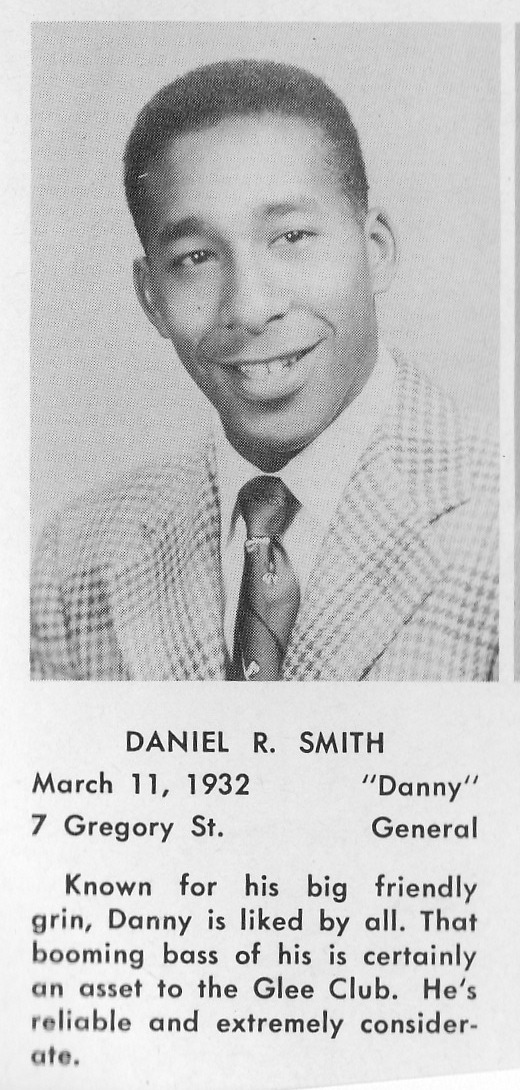
Though Daniel Smith was just 6 years old when A.B. Smith died, he still has vivid memories of his father. “My father was a real gentleman. He was always a good provider on his salary of $16 a week. When he went to work, I was still in bed. When he came home, I was in bed,” Smith said. “We would have these big Sunday dinners —a step down from Thanksgiving dinner.”
Smith recalls hearing firsthand accounts of slavery during his youth, primarily from his father.
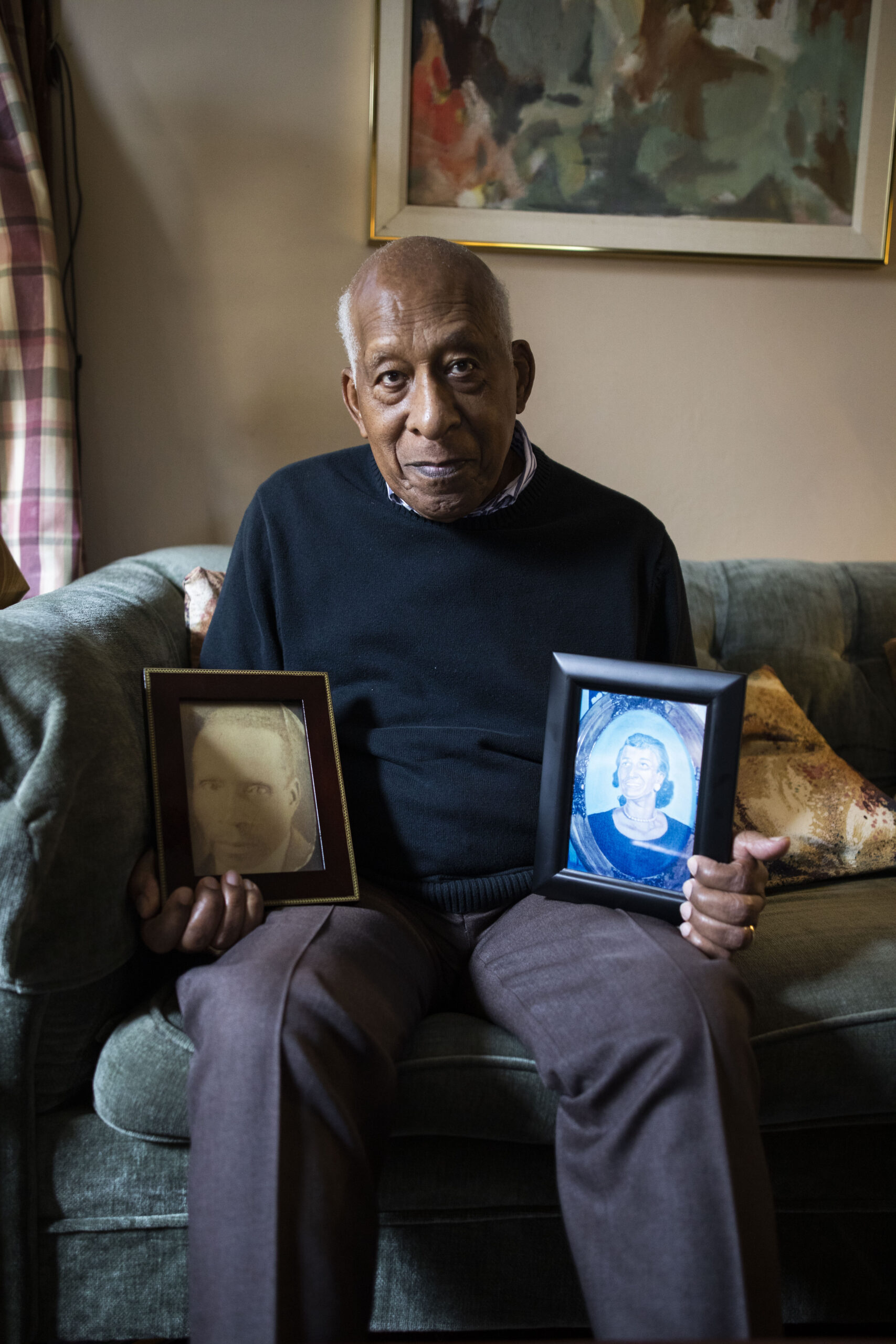
“I used to get out of bed, sneak into my parents’ room, and put my head at the bottom of the bed, listening to their conversations. My father used to tell stories about the whipping posts, the hanging tree,” he said. “On Sundays, we would go to church, and you would hear people talking about similar things, but they had worse stories.”
Smith was the only African American at his high school, but he had a good experience there.
“I was very popular primarily because I was the only Black, and I was a novelty,” Smith said. “I had no problems with the girls, but they couldn’t publicly acknowledge any type of relationship with me.”

After graduating from high school, Smith served in the U.S. military as an operating room technician and a scrub nurse in the Korean War. He was also sent for certification as a Red Cross water safety instructor and worked as a lifeguard at one of the three concrete swimming pools in Korea during the summers.
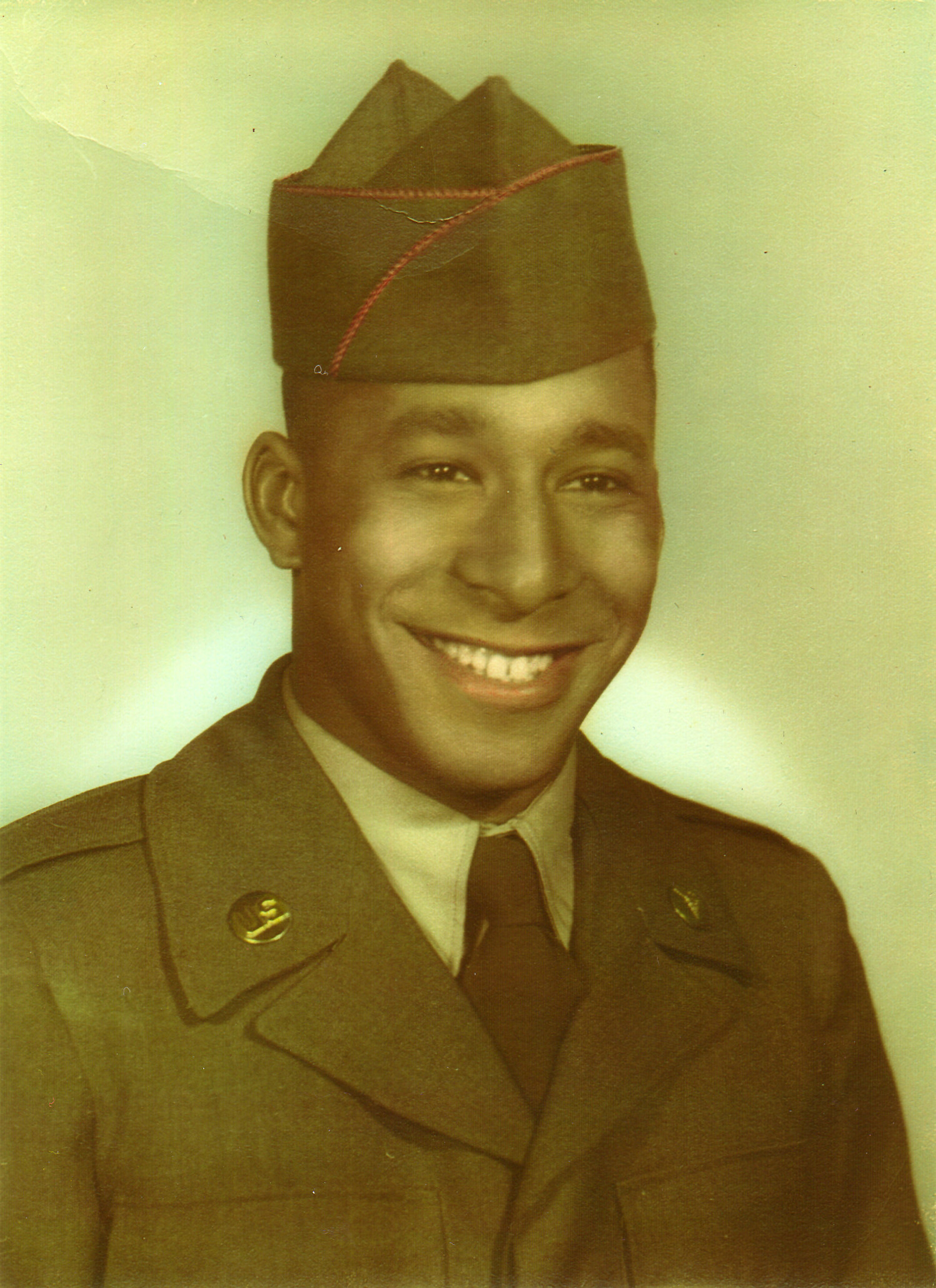
When his military service ended, Smith came home to Winsted, which suffered a hurricane-induced flood in 1955. Smith remembers seeing water rushing down the main street, taking cars and houses with it, and humbly recalls saving a drowning man during the flood. Pulitzer Prize winner John Hersey documented the event for the New Yorker.
“They identified me as Danny Smith, the Negro hero of the town,” Smith said.
When Smith ran for student council president at Springfield College in Massachusetts, his winning campaign slogan was “Vote for Dan, the man with a tan.” He continued his pursuit of higher education at the Tuskegee Institute School of Veterinary Medicine. But after the Klan killed four young Black girls in the 1963 bombing of the 16th Street Baptist Church in Birmingham, Alabama, Smith felt compelled to leave school and join the civil rights movement.
Soon Smith and a white friend, Barry Fritz, found themselves in a crowd at the March on Washington, where they saw Martin Luther King Jr. and John Lewis speak at close range.
“I was reluctant to go at first because I didn’t want to get beat up. I thought there was going to be a big rise. I’m not a coward, but I’m not a fool,” Smith said.
But, he added, the risk was worth it: “The march was just unbelievable, especially when Martin Luther King gave his ‘I Have a Dream’ speech. You couldn’t find a dry eye. I was crying.”
Later that summer, Smith moved to Hayneville, Alabama, where he experienced many of the kinds of injustices that he said made Alabama “a hotbed for the civil rights movement.”
In 1965, he accepted a position as executive director of the Lowndes Christian Movement for Human Rights organization and began directing a program to teach migrant seasonal farmworkers how to read and write. He could not get electricity or a telephone line set up in the church building he worked out of without a white sponsor. After a judge by the name of Judge Hammon helped him, 24 of Hammon’s Black Angus cows were poisoned. Smith said there is “no doubt in my mind” that this was a message from the Klan.
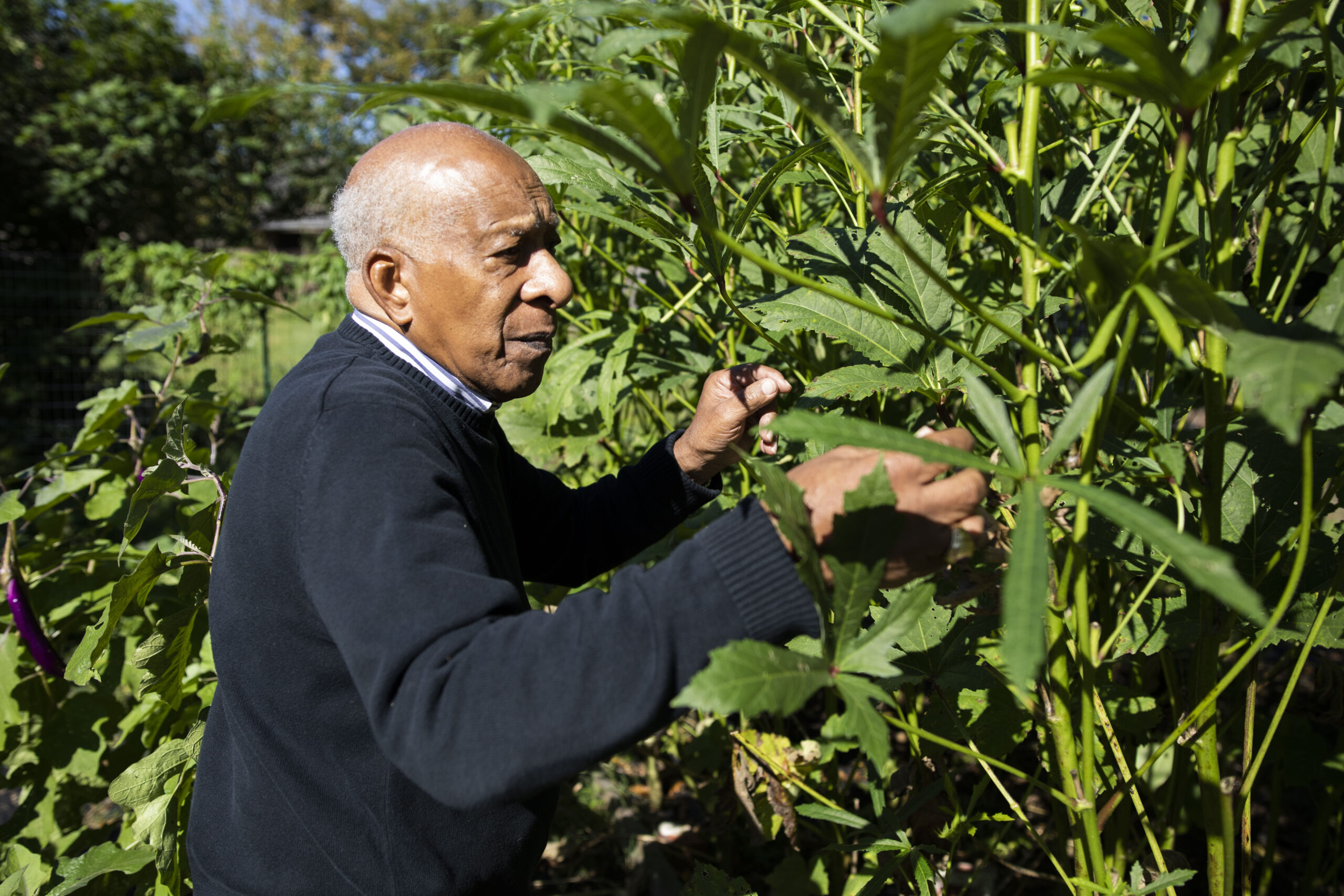
Smith’s anti-poverty program was not popular with the whites in Alabama or with then-Gov. George Wallace, a conservative who infamously supported “Segregation today, segregation tomorrow, segregation forever.” Smith recalls being confronted by an intimidating lieutenant of Wallace’s who told Smith that Wallace considered him “an outside agitator from Connecticut.”
Shortly after, Smith’s church building was burned down.
Smith was undaunted, however, and continued to run the program from a trailer on the charred property.
“Oddly enough, I had anticipated that there would be some destruction to my building,” he said. “I had carefully made a copy of all my records and kept them at home.”
One night after work, Smith was driving the 40-mile commute from Hayneville to Tuskegee on an unlit highway when a car of white men rear ended his car.
“They came around the side of my car and said, ‘Pull over, black coon!’ And I thought, ‘Not me, not me,’” Smith said. “I sped as fast as I could and made it to the gas station. That’s why I’m here today.”
Smith moved to Washington, D.C. in 1968, where he developed neighborhood health centers. He got hired to direct a $60 million program at the National Institutes of Health in 1972 but faced “all kinds of discrimination and battles with the government.”
After retiring in 1994, he began to volunteer at the Korean War Veterans Memorial and serve as head usher of the Washington National Cathedral. As head usher, Smith escorted sitting presidents for three decades, from Ronald Reagan to George W. Bush.
In his age of retirement, Smith has high hopes for the newest generation of activists.
“They have done a tremendous job of putting the problems that America has in your face,” he said. “I support them with money and with voice.”
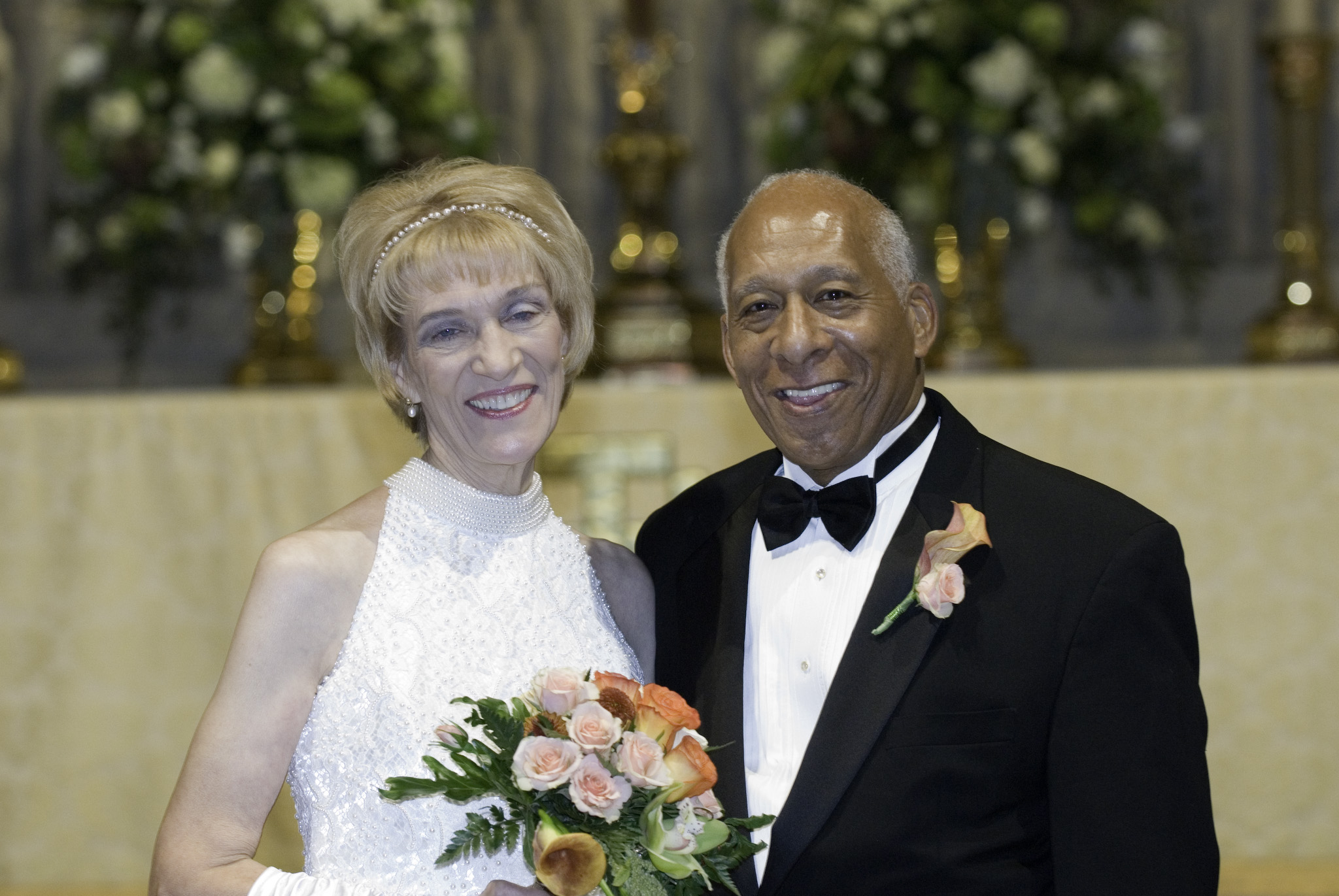
Smith resides in D.C. with his wife, Loretta Neumann, and has two children from a previous marriage. He wed Neumann at the National Cathedral in 2006, under the same arches where he walked alongside presidents.
Smith is currently writing his life memoirs.
(Edited by Emily Crockett and Natalie Gross)
The post The Incredible Life of Daniel Smith, Living Son of a Slave appeared first on Zenger News.
 Westside Story Newspaper – Online The News of The Empire – Sharing the Quest for Excellence
Westside Story Newspaper – Online The News of The Empire – Sharing the Quest for Excellence